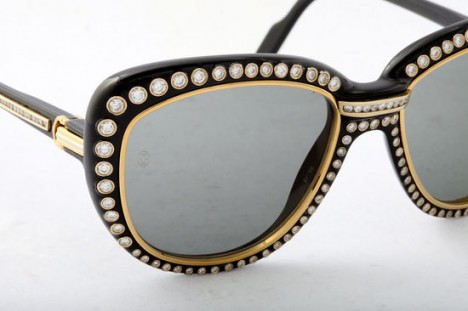Genderless Fashion/Redefining Style Beyond Traditional Norms
 Introduction:
Introduction:
Fashion has always been a powerful means of self-expression and a reflection of cultural norms. However, traditional fashion has often been limited by strict gender norms, dictating what men and women should wear. In recent years, a new movement has emerged in the fashion industry, advocating for genderless fashion – a liberating approach that defies conventional labels and opens up a world of possibilities for self-expression. This article explores the concept of genderless fashion, its impact on society, and how it redefines style beyond traditional norms.
Breaking Down the Binary:
Embracing Diversity in Fashion: Genderless fashion is more than just a passing trend; it challenges the rigid binary constructs of male and female attire and emphasizes inclusivity. By embracing androgyny, gender-fluidity, and non-binary expression, genderless fashion allows individuals to dress based on their personal style, preferences, and identity, rather than conforming to societal expectations.
- The Emergence of Genderless Fashion
- Shattering the Gender Norms
- Creating Fluidity through Fashion
- Redefining Masculinity and Femininity
- The Impact on Society
- Challenges and Road Ahead
The Emergence of Genderless Fashion:
Genderless fashion is not a novel concept; it has historical roots in various cultures and eras. However, its recent resurgence can be attributed to a shift in societal attitudes towards gender and a growing awareness of the importance of inclusivity. As individuals challenge traditional norms, fashion designers and brands have responded by creating collections that blur the lines between masculine and feminine aesthetics.
Shattering the Gender Norms:
One of the fundamental aspects of genderless fashion is breaking down the barriers between men’s and women’s clothing. Traditionally, society has associated certain colors, silhouettes, and styles with specific genders, perpetuating harmful stereotypes. However, genderless fashion encourages individuals to wear what resonates with them, regardless of traditional labels.
Creating Fluidity through Fashion:
Genderless fashion opens up a realm of creative possibilities by allowing individuals to experiment with a diverse range of styles. It encourages the incorporation of traditionally masculine elements in women’s clothing and vice versa. This fluidity in fashion not only expands self-expression but also challenges the notion that certain garments are exclusive to one gender.
Redefining Masculinity and Femininity:
Genderless fashion plays a significant role in redefining the concepts of masculinity and femininity. By blurring the lines between traditional gender-based styles, it breaks free from the notion that men should only wear suits and women should only wear dresses. This newfound freedom enables people to embrace elements of both masculinity and femininity in their attire, contributing to a more inclusive and accepting society. The notion that certain garments are exclusive to one gender is challenged by genderless fashion.
The Impact on Society:
Genderless fashion has a profound impact on society, transcending the realm of clothing and influencing broader conversations about gender equality and acceptance. By questioning the rigid gender norms perpetuated by the fashion industry, it encourages society to reconsider preconceived notions of gender and embrace diversity. Genderless fashion has a profound impact on society. It transcends the realm of clothing and influences broader conversations about gender equality and acceptance.
Challenges and Road Ahead:
While genderless fashion has made significant strides, it also faces challenges in its journey towards wider acceptance. Social stigmas, stereotypes, and resistance to change pose obstacles to breaking free from traditional gender norms fully. However, as the movement gains momentum, the fashion industry and society as a whole must continue to advocate for inclusivity and equality.
Conclusion:
Genderless fashion is a transformative movement that challenges the constraints of traditional norms and embraces diversity in style. By breaking down the binary constructs of male and female clothing, genderless fashion fosters inclusivity and allows individuals to express themselves authentically. As the fashion industry continues to evolve, it is crucial to support and celebrate genderless fashion for its role in promoting acceptance, equality, and self-expression beyond the confines of traditional labels. In embracing this revolution, we take a step towards a more liberated and inclusive future, where everyone is free to express their unique style without limitations.







